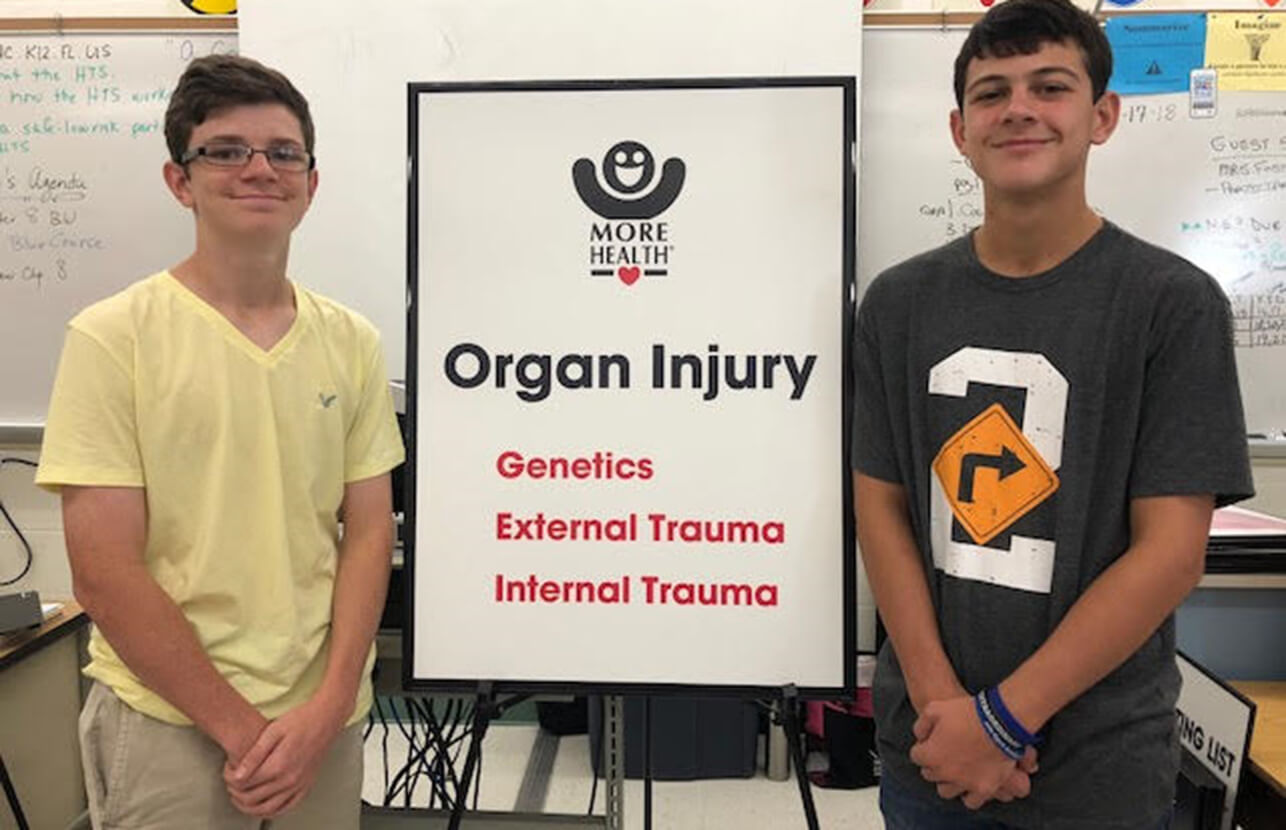According to LifeLink, our community partner in organ education, more than 33,000 men, women and children receive the gift of a lifesaving organ transplant annually. Most of these people return to normal, active lives and enjoy a second chance to experience the joy of life. In fact, one organ & tissue donor alone has the potential to save 8 lives and improve dozens more through tissue donation.
While organ and tissue donation is a life gift provided to a patient in need, there are steps your family can take to maintain healthy organs in the here and now!
- We only get one brain — use it to make smart choices. Drinking alcohol or utilizing illegal drugs, including prescription drugs not prescribed to you, poses a significant danger of structural and chemical changes in the brain.
- Lungs enable us to breathe, but are very fragile — do not damage them. Avoid substances like tobacco, marijuana, inhalants, second hand smoke, and other pollutants. Vaping or e-cigarettes are also harmful to lungs as they contain toxic chemicals usually held in the lungs longer than traditional cigarette smoke.
- The heart works closely with the lungs. Often damage to one, leads to damage to the other. Choose a heart-healthy lifestyle of exercising and consuming healthy foods as outlined by the American Heart Association.
- As the largest internal organ, the liver is not easily repaired. According to the Liver Foundation, obesity is a leading cause of liver disease in the United States. Viruses can lead to liver damage as well. Do not expose yourself to blood from another person, thereby allowing HIV and the Hepatitis virus into your body. And consume alcohol only in moderation, never mixing alcohol and acetaminophen. The Poison Control Center has documented that acetaminophen is the leading cause of liver failure in our country.
- Kidneys filter waste from the blood. Kidney damage may occur due to diseases like diabetes and high blood pressure, as well as traumatic injury. It is vital to wear protective pads while engaging in sports and other activities where the lower back is exposed.
We look forward to providing the “Live Life, Give Life” lesson to students in grades 9-12 in 2021!





